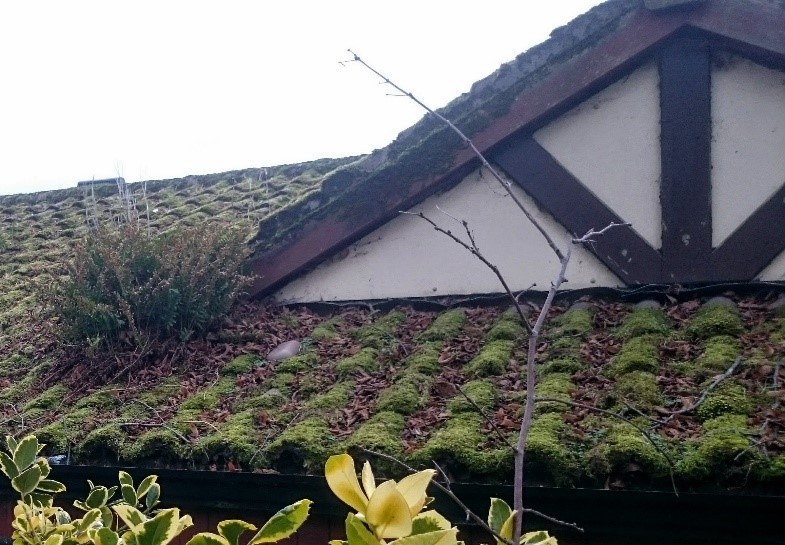Under Every Roof, A Story . . .
 As a roofing contractor, you’ve probably heard the term “living roof” or “green roof” – here at D-Marc, we’ve published information and news about living roofs as they are on the increase, both here in the UK and overseas. With the threat of global warming on the horizon, governments across the world are playing their part by legislating for more eco-friendly ways of living and working and construction has a huge part to play in the fight against climate change. The UK government has committed to taking a responsible approach to climate change with “A Green Future: Our 25 Year Plan to Improve the Environment” a policy paper published in January 2018. The policy contains several plans and strategies that cover every aspect of what can be done to reduce the harm we do to the environment and the Industrial Strategy is one component of this policy.
As a roofing contractor, you’ve probably heard the term “living roof” or “green roof” – here at D-Marc, we’ve published information and news about living roofs as they are on the increase, both here in the UK and overseas. With the threat of global warming on the horizon, governments across the world are playing their part by legislating for more eco-friendly ways of living and working and construction has a huge part to play in the fight against climate change. The UK government has committed to taking a responsible approach to climate change with “A Green Future: Our 25 Year Plan to Improve the Environment” a policy paper published in January 2018. The policy contains several plans and strategies that cover every aspect of what can be done to reduce the harm we do to the environment and the Industrial Strategy is one component of this policy.
However, there is also a need for us to recognise that creatures create habitat all around us. For instance, if you do some heavy pruning in the garden and leave the logs and twigs on the ground to clear up a few days later, you’re providing habitat. Within 24 hours, your pile of garden waste has turned into a home for an army of diverse tiny creatures. A pile of leaves, a mound of soil, a stack of logs – these are all potential homes for wildlife, small and smaller (and even microscopic).
What about our houses and other buildings? Most of us would be horrified to discover mice or rats invading our homes, and rightly so. All types of buildings across Britain play a vital role in providing shelter and protection for an essential part of our eco-system – bats. There are 18 different species of bat living in the UK – you may have seen them at twilight, flitting from tree to tree in your local neighbourhood. As long as they don’t come too close, most of us are pretty thrilled to see bats swooping silently through the dusk. Would you welcome them in your attic, though?
The current architectural trend towards airtight buildings means that there are fewer crevices and roof access points that allow entry to bats – this means that making room for bats to roost in our buildings needs to be addressed when building eco-friendly homes.
Bats, and their roosts, are protected by legislation and it’s an offence to deliberately disturb or kill bats. Destroying a roost will land you with a fine of £5,000 per bat, or up to six months’ jail time! This means that any roofing work being carried out needs to be planned, taking into consideration whether or not bats are present. This will help to minimise costs (and avoid stringent fines) and avoid delays in project completion.
Next week, we’ll be taking a closer look at what roofing contractors should do to ensure that their work does is not harmful to bats. If you want to make sure that you, as a roofing contractor, remain compliant with legislation and bat-friendly, follow us on Facebook or Twitter to get a notification on when this is published.
